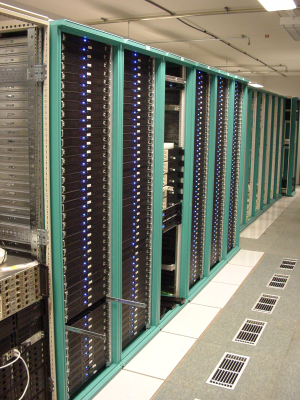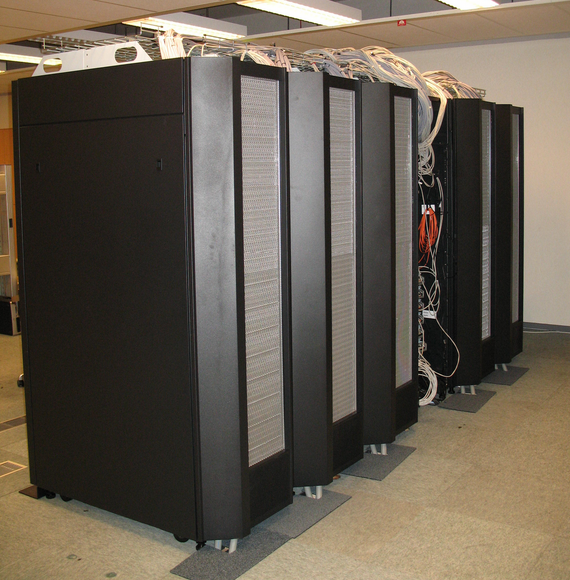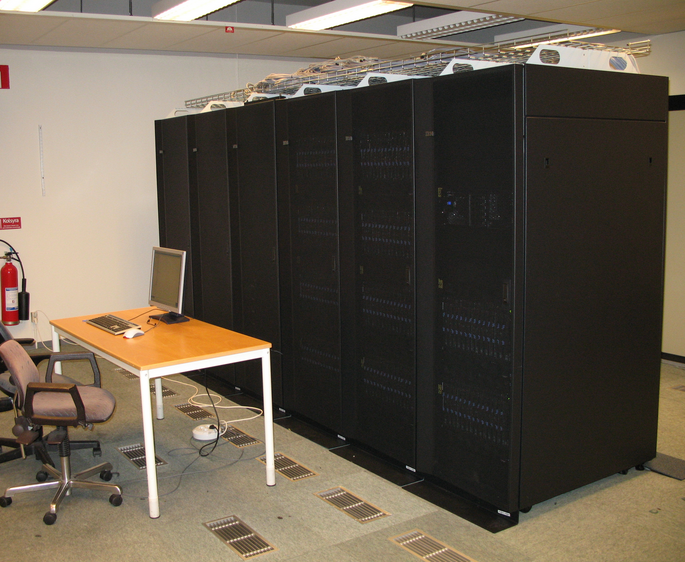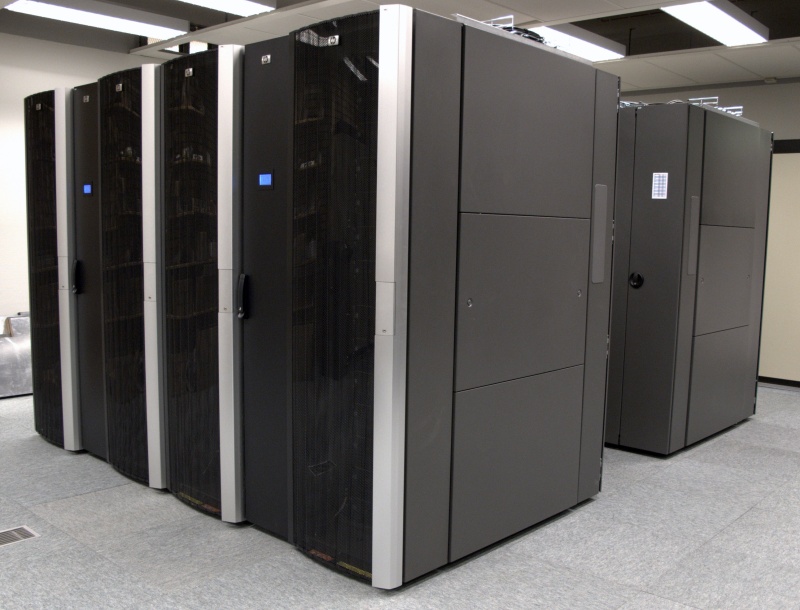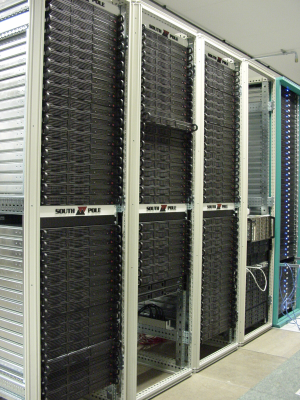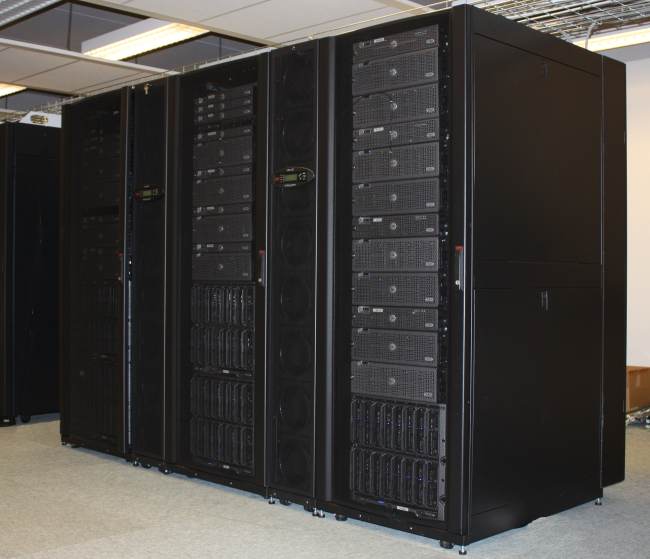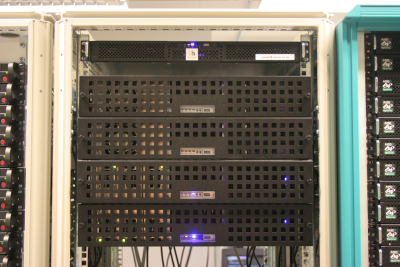History
LUNARC was formed as a collaboration between groups in Theoretical Chemistry, Physical Chemistry 2, and Structural Mechanics in 1986. The founding members were later joined by Theoretical Physics and in 1996, LUNARC was transformed into a centre for scientific and technical computing at Lund University.
Together with five other centres, LUNARC became a part of the Swedish National Infrastructure for Computing (SNIC) in 2003. SNIC lasted until the end of 2022. The successor, the National Academic Infrastrucutre for Supercomputing in Sweden (NAISS) started 2023 and LUNARC will form a branch.
Over the years, LUNARC has gone through four stages - mainframe, workstations, multicore machines, and PC clusters.
Today LUNARC is funded by Lund University, the Faculty of Science, the Faculty of Engineering, and the Joint Faculties of Humanities and Theology. Although the original groups still represent a large portion of the usage, they are now but a few among many different groups using the LUNARC systems.
Brief chronology of LUNARC
|
|---|
| 1986 - 1988: IBM 3090 150/VF |
| 1988 - 1991: IBM 3090 170S/VF |
| 1991 - 1997: Workstations, IBM RS/6000 |
| 1994 - 1997: IBM SP2, 8 processors. |
| 1998: Origin 2000, 46 processors, R10000, 250 Mhz24 Gb processor memory, 64x9 Gb disk Onyx 2 |
| 1999: Origin 2000, 100 processors, R12000, 300 Mhz |
| 2000: Origin 2000, 116 processors, R12000, 300 Mhz |
| 2000: Beowulf Cluster, linux cluster with 32 cpus and windows cluster with 8 cpus. The cpus were AMD 1.1 GHz. |
| 2001: 64 of the Origin 2000 processors (embla) were sold to National Supercomputer Centre (NSC) in Linköping. |
| 2002: A 65 processor Linux cluster called whenim64 was installed. The cpus are AMD Athlon 1900+. |
| 2003: A cluster called toto7 with 128 Intel P4 2.53 GHz processors was added to the same queueing system as whenim64. |
| 2003: 100 cpu cluster called sigrid was installed as part of the SweGrid project. |
| 2004 - 2005: 210 cpu Opteron 148 (64-bit) cluster called docenten was installed. |
| 2008: Milleotto 252 node cluster with a total of 1008 cores based on the Xeon 5160 3.0 GHz processor. |
| 2009: Siri a 64 node cluster for WLCG with 2 x Xeon E5430 2.66 GHz with a total of 512 cores. |
| 2010: Platon 216 node cluster with 2 x Xeon E5520 2.26 GHz with a total of 1728 cores. |
| 2012: Alarik 208 node cluster with 2 x AMD 6220 3.0 GHz with a total of 3328 cores. |
| 2016: Aurora 300 node cluster with 2 x E5-2650 v3 2.6 Ghz with a total of 6000 cores. |

